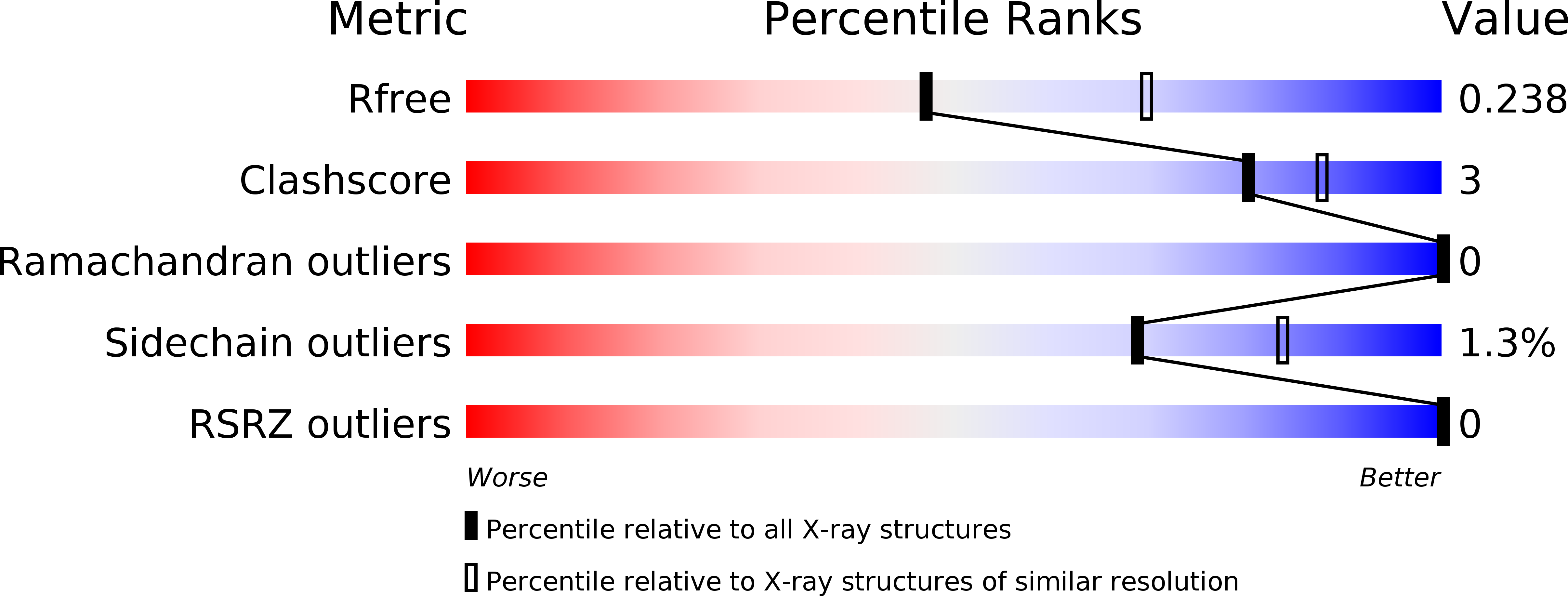
Deposition Date
2003-01-15
Release Date
2003-05-06
Last Version Date
2024-10-30
Entry Detail
PDB ID:
1NO1
Keywords:
Title:
Structure of truncated variant of B.subtilis SPP1 phage G39P helicase loader/inhibitor protein
Biological Source:
Source Organism:
Bacillus phage SPP1 (Taxon ID: 10724)
Host Organism:
Method Details:
Experimental Method:
Resolution:
2.40 Å
R-Value Free:
0.23
R-Value Work:
0.20
R-Value Observed:
0.20
Space Group:
P 21 21 21


